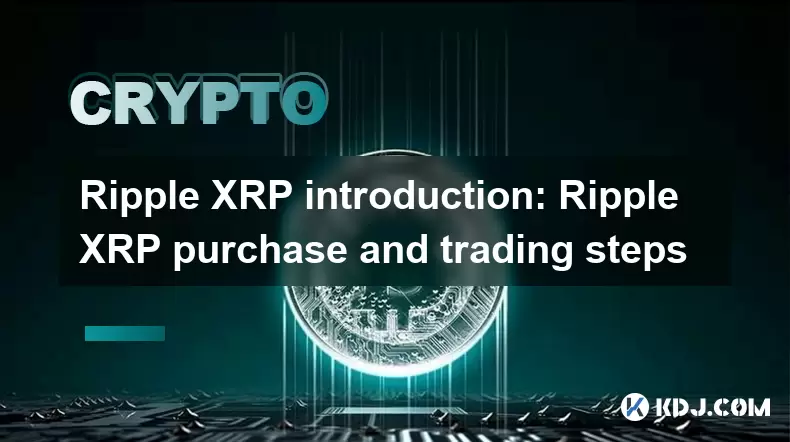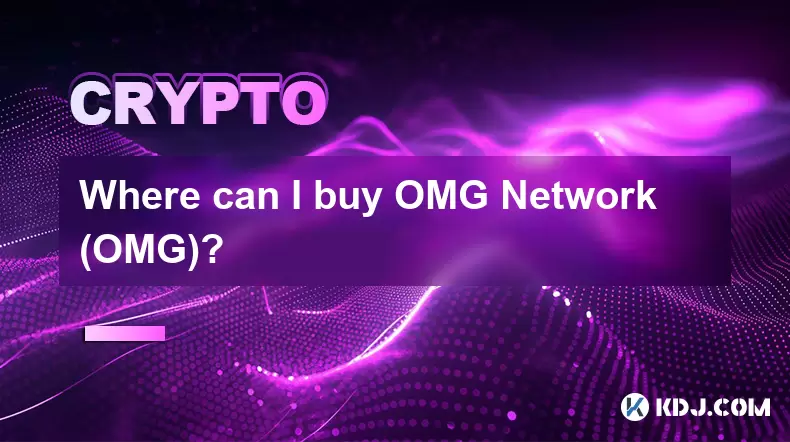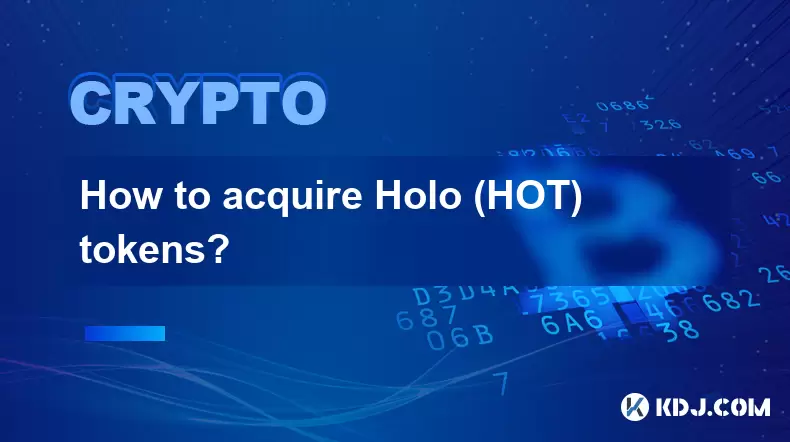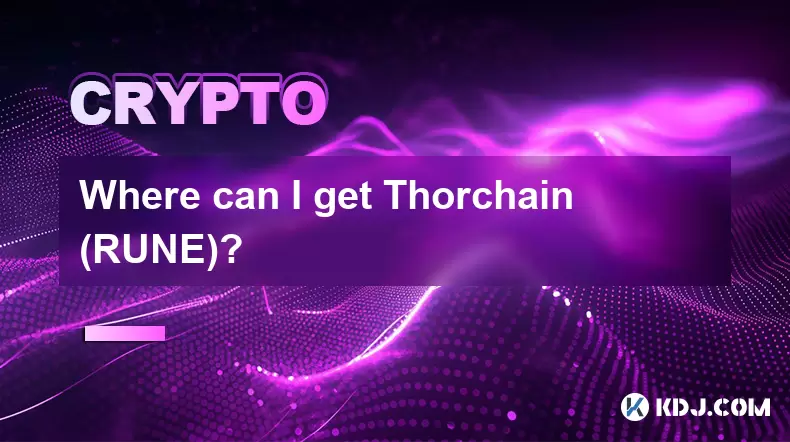-
 Bitcoin
Bitcoin $117500
2.15% -
 Ethereum
Ethereum $3911
6.19% -
 XRP
XRP $3.316
10.79% -
 Tether USDt
Tether USDt $1.000
0.01% -
 BNB
BNB $787.2
2.24% -
 Solana
Solana $175.2
4.15% -
 USDC
USDC $0.9999
0.00% -
 Dogecoin
Dogecoin $0.2225
8.40% -
 TRON
TRON $0.3383
0.28% -
 Cardano
Cardano $0.7868
6.02% -
 Stellar
Stellar $0.4382
9.34% -
 Hyperliquid
Hyperliquid $40.92
7.56% -
 Sui
Sui $3.764
7.63% -
 Chainlink
Chainlink $18.48
10.66% -
 Bitcoin Cash
Bitcoin Cash $582.1
1.88% -
 Hedera
Hedera $0.2601
6.30% -
 Avalanche
Avalanche $23.33
4.94% -
 Ethena USDe
Ethena USDe $1.001
0.02% -
 Litecoin
Litecoin $122.3
2.04% -
 UNUS SED LEO
UNUS SED LEO $8.969
-0.27% -
 Toncoin
Toncoin $3.339
0.86% -
 Shiba Inu
Shiba Inu $0.00001287
4.30% -
 Uniswap
Uniswap $10.43
7.38% -
 Polkadot
Polkadot $3.861
5.08% -
 Dai
Dai $1.000
0.02% -
 Bitget Token
Bitget Token $4.513
3.41% -
 Monero
Monero $267.7
-6.18% -
 Cronos
Cronos $0.1499
4.14% -
 Pepe
Pepe $0.00001110
5.15% -
 Aave
Aave $284.9
8.28%
Ripple XRP introduction: Ripple XRP purchase and trading steps
Ripple XRP, developed by Ripple Labs, facilitates fast, low-cost international transfers using a consensus ledger, and can be bought on exchanges like Binance and Coinbase.
May 30, 2025 at 08:02 pm

Ripple XRP is a digital asset and cryptocurrency that is native to the Ripple network, a decentralized platform designed to facilitate fast and low-cost international money transfers. In this article, we will provide a comprehensive introduction to Ripple XRP and guide you through the steps required to purchase and trade this cryptocurrency.
What is Ripple XRP?
Ripple XRP is the cryptocurrency developed by Ripple Labs, a company focused on providing blockchain solutions for global financial institutions. Unlike many other cryptocurrencies, XRP is designed to serve as a bridge currency to facilitate the transfer of value across different currencies and payment systems. The Ripple network uses a consensus protocol, which allows for faster transaction processing and lower fees compared to traditional banking systems.
How Does Ripple XRP Work?
The Ripple network operates on a unique consensus ledger that is maintained by a network of trusted validators. These validators work together to confirm transactions and update the ledger, ensuring that the network remains secure and efficient. When a user wants to send money across borders, they can convert their local currency into XRP, send it through the Ripple network, and then convert it back into the recipient's local currency. This process is much faster and cheaper than traditional bank transfers, making XRP an attractive option for international payments.
How to Purchase Ripple XRP
Purchasing Ripple XRP involves several steps, including choosing a reputable exchange, setting up an account, and completing the necessary verification processes. Here is a detailed guide on how to buy XRP:
Choose a Cryptocurrency Exchange: The first step is to select a reputable exchange that supports XRP trading. Some popular options include Binance, Coinbase, and Kraken. Each exchange has its own set of features and fees, so it's important to do your research and choose one that best fits your needs.
Create an Account: Once you've chosen an exchange, you'll need to create an account. This typically involves providing your email address, setting up a strong password, and agreeing to the exchange's terms of service.
Complete Verification: Most exchanges require users to complete a verification process to comply with Know Your Customer (KYC) and Anti-Money Laundering (AML) regulations. This usually involves submitting a government-issued ID and proof of address. The verification process can take anywhere from a few hours to several days, depending on the exchange.
Deposit Funds: After your account is verified, you'll need to deposit funds into your exchange wallet. Most exchanges accept deposits via bank transfer, credit/debit card, or other cryptocurrencies. Choose the method that works best for you and follow the exchange's instructions to complete the deposit.
Buy XRP: Once your funds are deposited, you can navigate to the trading section of the exchange and place an order to buy XRP. You can choose between a market order, which executes immediately at the current market price, or a limit order, which allows you to set a specific price at which you want to buy XRP. Once your order is filled, the XRP will be credited to your exchange wallet.
How to Trade Ripple XRP
Trading Ripple XRP involves buying and selling the cryptocurrency on an exchange with the goal of making a profit. Here are the steps to start trading XRP:
Choose a Trading Strategy: Before you start trading, it's important to have a clear trading strategy. Some common strategies include day trading, swing trading, and hodling. Each strategy has its own set of risks and rewards, so it's important to choose one that aligns with your investment goals and risk tolerance.
Analyze the Market: Successful trading requires a good understanding of market trends and indicators. You can use technical analysis to study price charts and identify potential entry and exit points, or fundamental analysis to assess the underlying value of XRP based on factors such as adoption rates and partnerships.
Place Trades: Once you've developed a trading strategy and analyzed the market, you can start placing trades. Navigate to the trading section of your exchange and choose the XRP trading pair you want to trade. You can place buy orders to enter a position and sell orders to exit a position. Be sure to set stop-loss orders to limit your potential losses and take-profit orders to lock in profits.
Monitor and Adjust: Trading is an ongoing process that requires constant monitoring and adjustment. Keep an eye on your open positions and be prepared to adjust your strategy based on market conditions. It's also important to keep track of your trading performance and make changes as needed to improve your results.
Storing Ripple XRP Safely
Once you've purchased or traded Ripple XRP, it's important to store it safely. Here are some options for storing your XRP:
Exchange Wallets: Many exchanges offer built-in wallets where you can store your XRP. While convenient, these wallets are generally less secure than other options because they are controlled by the exchange. If the exchange is hacked or goes bankrupt, you could lose your funds.
Hardware Wallets: Hardware wallets are physical devices that store your XRP offline, making them one of the most secure options. Popular hardware wallets that support XRP include Ledger and Trezor. To use a hardware wallet, you'll need to set it up according to the manufacturer's instructions and transfer your XRP from the exchange to the wallet.
Software Wallets: Software wallets are applications that you can download onto your computer or mobile device. They offer a good balance of security and convenience. Some popular software wallets that support XRP include Exodus and Atomic Wallet. To use a software wallet, you'll need to download the app, set up a new wallet, and transfer your XRP from the exchange to the wallet.
Frequently Asked Questions
Q: Is Ripple XRP a good investment?
A: Whether Ripple XRP is a good investment depends on your individual financial goals and risk tolerance. XRP has the potential for growth due to its use case in international payments, but it also comes with risks associated with cryptocurrency investments. It's important to do your own research and consider consulting with a financial advisor before making any investment decisions.
Q: Can I use Ripple XRP for everyday purchases?
A: While some merchants and online platforms accept XRP as a form of payment, it is not as widely accepted as other cryptocurrencies like Bitcoin. However, the use of XRP for everyday purchases is growing, and more businesses are starting to accept it as payment.
Q: How long does it take to transfer Ripple XRP?
A: Transfers of Ripple XRP are typically very fast, with transactions usually settling in just a few seconds. This is one of the key advantages of using XRP for international payments, as it is much faster than traditional bank transfers.
Q: What are the fees associated with Ripple XRP transactions?
A: The fees for Ripple XRP transactions are generally very low, typically around 0.00001 XRP per transaction. This makes XRP an attractive option for international payments, as the fees are significantly lower than those charged by traditional banks.
Disclaimer:info@kdj.com
The information provided is not trading advice. kdj.com does not assume any responsibility for any investments made based on the information provided in this article. Cryptocurrencies are highly volatile and it is highly recommended that you invest with caution after thorough research!
If you believe that the content used on this website infringes your copyright, please contact us immediately (info@kdj.com) and we will delete it promptly.
- Stablecoins, Hong Kong, and On-Chain Finance: Navigating the Regulatory Maze
- 2025-08-08 12:30:12
- Tron's Sell-Off Spurs Altcoin Shift: What's Next for TRX?
- 2025-08-08 08:30:12
- Euler, DeFi, and Coinbase: A New York Minute on the Latest Buzz
- 2025-08-08 12:30:12
- RUVI Presale: Is the Growth Potential Real?
- 2025-08-08 09:10:12
- Sleep Token's US Takeover: Thornhill Rides the 'Even In Arcadia' Wave
- 2025-08-08 08:30:12
- FTT Token's Wild Ride: Creditor Repayments vs. Market Drop - A New Yorker's Take
- 2025-08-08 07:10:12
Related knowledge

Where can I buy UMA (UMA)?
Aug 07,2025 at 06:42pm
Understanding UMA and Its Role in Decentralized FinanceUMA (Universal Market Access) is an Ethereum-based decentralized finance (DeFi) protocol design...

Where can I purchase Siacoin (SC)?
Aug 08,2025 at 11:14am
Understanding Siacoin (SC) and Its Role in the Sia NetworkSiacoin (SC) is the native cryptocurrency of the Sia decentralized cloud storage platform, a...

Where can I buy OMG Network (OMG)?
Aug 08,2025 at 12:57pm
Understanding OMG Network (OMG) and Its PurposeThe OMG Network, originally known as OmiseGO, is a layer-2 scaling solution built on the Ethereum block...

What exchanges support buying IOTA (MIOTA)?
Aug 07,2025 at 09:58pm
Understanding the Role of Private Keys in Cryptocurrency SecurityIn the world of cryptocurrency, private keys are the cornerstone of ownership and con...

How to acquire Holo (HOT) tokens?
Aug 08,2025 at 05:56am
Understanding Holo (HOT) and Its EcosystemHolo (HOT) is a cryptocurrency token associated with the Holo ecosystem, which is built on the Holochain fra...

Where can I get Thorchain (RUNE)?
Aug 08,2025 at 08:07am
Understanding the Role of Seed Phrases in Cryptocurrency WalletsA seed phrase, also known as a recovery phrase or mnemonic phrase, is a critical compo...

Where can I buy UMA (UMA)?
Aug 07,2025 at 06:42pm
Understanding UMA and Its Role in Decentralized FinanceUMA (Universal Market Access) is an Ethereum-based decentralized finance (DeFi) protocol design...

Where can I purchase Siacoin (SC)?
Aug 08,2025 at 11:14am
Understanding Siacoin (SC) and Its Role in the Sia NetworkSiacoin (SC) is the native cryptocurrency of the Sia decentralized cloud storage platform, a...

Where can I buy OMG Network (OMG)?
Aug 08,2025 at 12:57pm
Understanding OMG Network (OMG) and Its PurposeThe OMG Network, originally known as OmiseGO, is a layer-2 scaling solution built on the Ethereum block...

What exchanges support buying IOTA (MIOTA)?
Aug 07,2025 at 09:58pm
Understanding the Role of Private Keys in Cryptocurrency SecurityIn the world of cryptocurrency, private keys are the cornerstone of ownership and con...

How to acquire Holo (HOT) tokens?
Aug 08,2025 at 05:56am
Understanding Holo (HOT) and Its EcosystemHolo (HOT) is a cryptocurrency token associated with the Holo ecosystem, which is built on the Holochain fra...

Where can I get Thorchain (RUNE)?
Aug 08,2025 at 08:07am
Understanding the Role of Seed Phrases in Cryptocurrency WalletsA seed phrase, also known as a recovery phrase or mnemonic phrase, is a critical compo...
See all articles

























































































